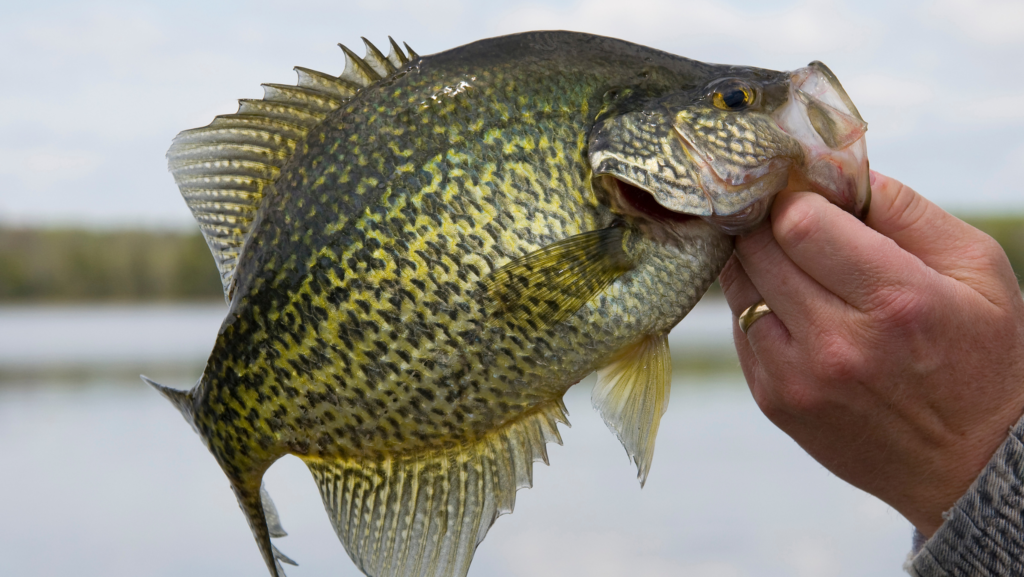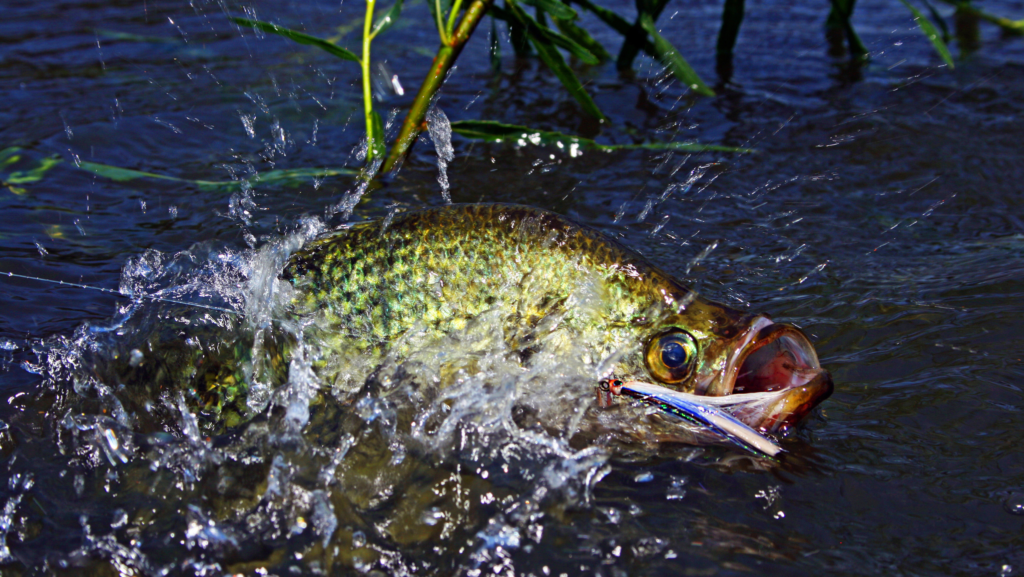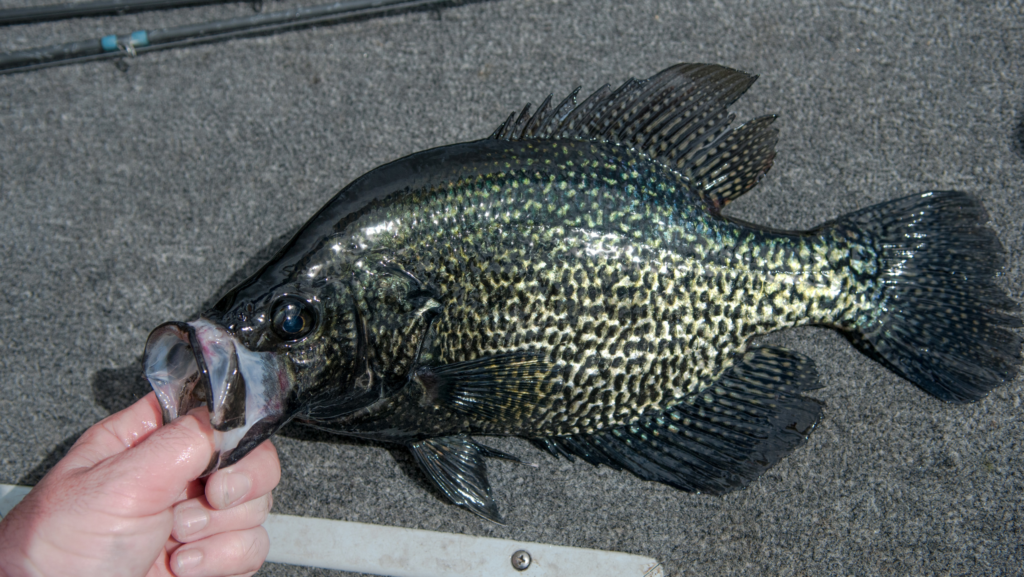Birth and Early Stages

The life of a black crappie begins with the fertilization of eggs during the spring spawning season, typically when water temperatures reach around 55 to 65°F (12 to 18°C). Female black crappies lay adhesive eggs over submerged vegetation or structures, and males fertilize them externally. These eggs hatch within a week, giving rise to tiny larvae.
As young black crappies emerge from the eggs, they enter a critical developmental phase where they rely on their yolk sacs for nourishment. Over the next few days, they absorb the sacs and gradually start to feed on zooplankton, small insects, and other microscopic organisms in the water.
Growth and Juvenile Stage

As the black crappie juveniles continue to grow, their diet expands to include small fish, insects, and aquatic invertebrates. This phase is marked by rapid growth, and within a few months, they transition from the larval to juvenile stage. At this point, they resemble miniature versions of adult black crappies, with their distinct black and silver coloration.
Adult Life and Habitat
As black crappies reach adulthood, they become integral members of freshwater ecosystems, favoring slow-moving or still waters like lakes, ponds, reservoirs, and backwaters of rivers. These habitats provide an abundance of submerged vegetation and structures, offering both shelter and a reliable source of prey.
Their adult diet consists of small fish, insects, and crustaceans. Black crappies are known for their adaptability, thriving in a variety of environmental conditions. They often exhibit seasonal migrations, moving to deeper waters in the summer and shallower areas during the spawning season.
Reproduction and Spawning
Black crappies typically reach sexual maturity by the age of two or three. During the spring, as water temperatures rise, the adult black crappies engage in spawning rituals. Males create nests in shallow, protected areas, and females deposit their eggs. The males then guard the nest until the eggs hatch, displaying a level of parental care.
Death and Lifespan

While black crappies do not have a fixed lifespan, their longevity is influenced by various factors such as habitat quality, predation, and environmental conditions. In favorable conditions, they can live up to 10 years or more. Natural predators, including larger fish and birds, play a role in shaping the population and contributing to the life cycle of the black crappie.
As black crappies age, they may face challenges related to predation, disease, and environmental changes. However, their contribution to the ecosystem continues through the spawning and recruitment of new generations, ensuring the perpetuation of their species.
Conclusion

The life cycle of the black crappie is a fascinating journey of birth, growth, reproduction, and, ultimately, the cycle of life and death. These resilient freshwater fish play a crucial role in maintaining the balance of aquatic ecosystems while captivating enthusiasts with their distinctive behavior and adaptability. Understanding their life cycle enhances our appreciation for the intricate web of life in aquatic environments.

